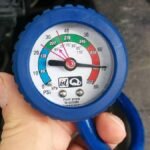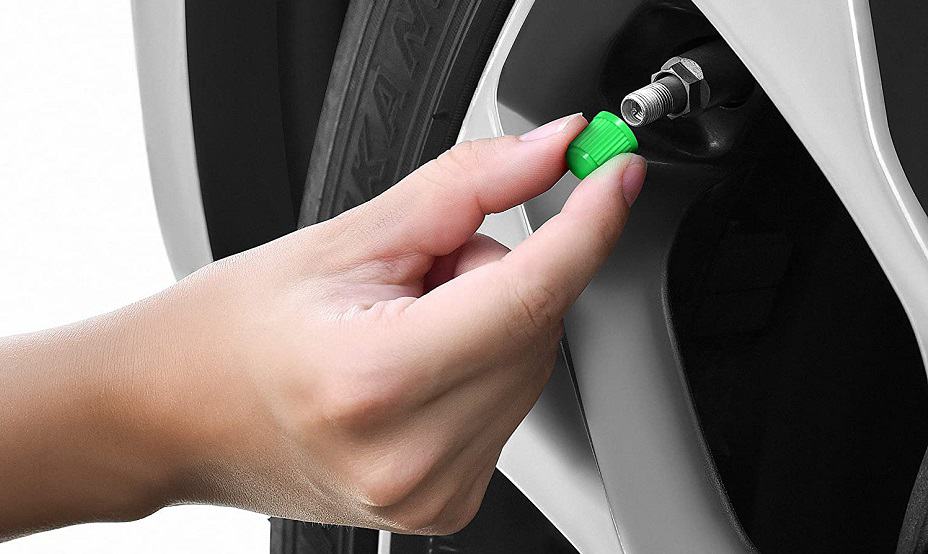
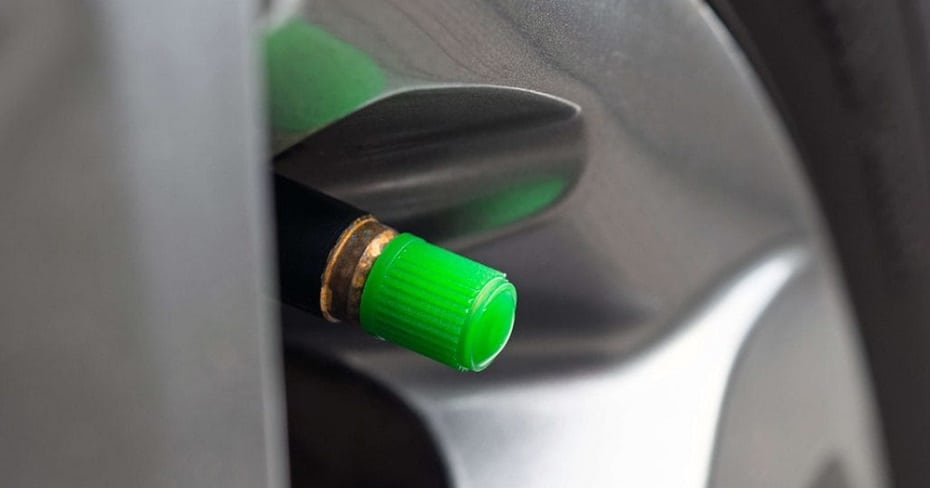
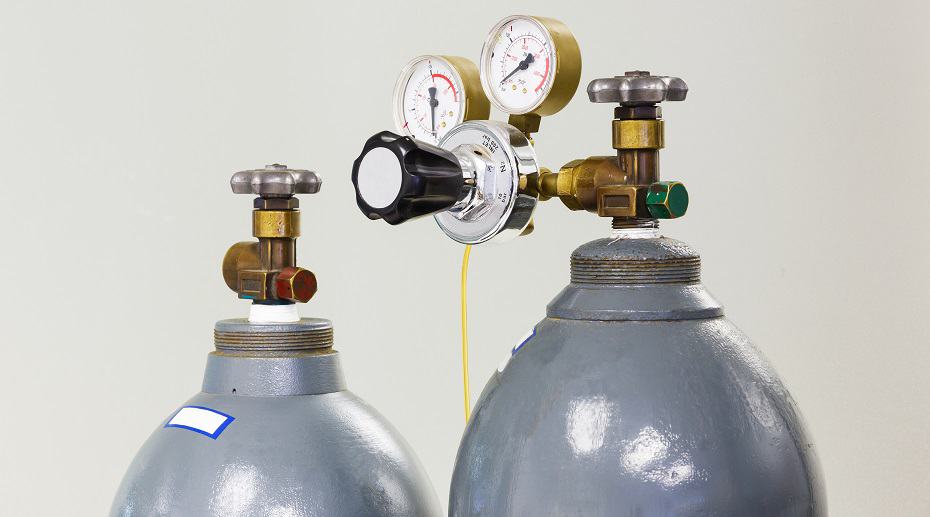
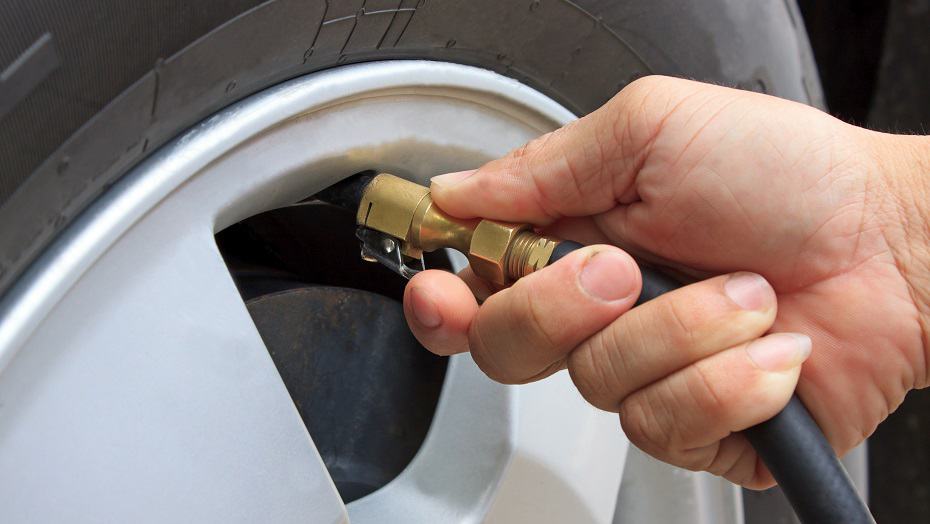
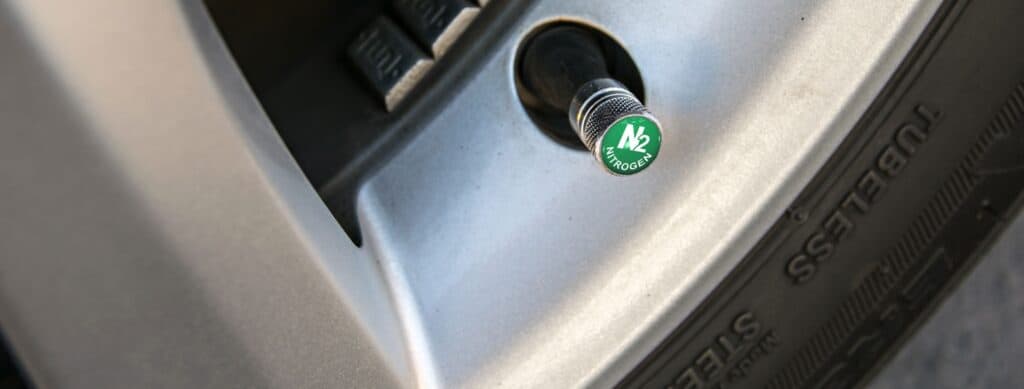

What’s Up with Those Green Tire Caps?
Just got the ride back from the shop and noticed some green caps on the tires? No worries—let’s break down what that means and if it’s something to stress about.
What’s the Deal with Green Caps?
Those green caps usually mean the tires are filled with nitrogen instead of regular air. But hold up—there’s a couple of things to keep in mind.
Does a Green Cap Mean Nitrogen?

Green caps are a pretty solid hint that nitrogen is in the tires, especially if the car just rolled off the dealership lot. Sometimes, you might even see “N2” printed on them.
But here’s the kicker: those green caps can be bought in bulk online, just like any other color. So, if the shop got a random batch or a donation, it might not mean anything special.
If the car came back from a service with green caps when it had regular ones before, it’s worth asking the mechanic for clarity.
Some folks online might say that many mechanics are using nitrogen now. Not quite! While nitrogen is gaining traction, it’s still not the norm for most vehicles.
How to Tell if Those Caps Mean Nitrogen

Most cars don’t use nitrogen. It’s mainly found in high-performance rides or special packages.
If the car’s a beast like a Corvette Stingray, Audi R8, Ford GT, or Nissan GTR, there’s a good chance those tires need nitrogen.
These high-performance machines usually come with Direct TPMS, which measures the tire pressure—whether it’s air or nitrogen.
So, if those green caps are sitting on a high-performance car, they’re likely indicating nitrogen. But for older hatchbacks or standard SUVs? Probably just regular caps.
Why Is Nitrogen Better for Tires?

Nitrogen has some perks for tires. It’s more stable than air, which is mostly nitrogen anyway (about 78%). The rest is oxygen and a tiny bit of other stuff.
“Pure” nitrogen is around 95% nitrogen, making it more stable and less likely to escape during regular use. Plus, it doesn’t have moisture, which can be a problem with regular air.
Can Air Be Used in Green Cap Tires?

If a tire is marked for nitrogen, it’s totally fine to fill it with regular air if needed. Sure, air isn’t as ideal, but it works for most folks.
Since air is mostly nitrogen, mixing them won’t cause any crazy reactions. Just remember, it might dilute the nitrogen a bit.
How Much Does Nitrogen Cost?

Filling tires with air? Probably just a buck or two, right? But nitrogen? That’ll set back about $5 per tire. Not a huge hit, but definitely pricier than air.
When buying a new ride, adding nitrogen can run around $150 to $200. If switching from air to nitrogen later, expect to pay about $100 to $150.
Check out local shops for nitrogen refills using handy tools like Nitrofill.
Should Nitrogen Be Used?

Always stick with what the owner’s manual suggests. If it says to use regular air, then do that. If it recommends nitrogen, then go for it.
Most tire centers can fill tires with nitrogen, but they’ll need to drain the air first.
Experts say nitrogen can boost performance, tire life, fuel efficiency, and give a smoother ride. But it’s more expensive and a bit of a hassle since home filling isn’t an option.
Don’t forget routine tire maintenance, though! Nitrogen might be easier on the rubber, but it still escapes over time. Regular checks are still a must—aim for every week or so.
So, is nitrogen worth it? Maybe. For everyday drivers, it’s not a necessity. If there’s still confusion about those green caps, just hit up the dealership or mechanic for the scoop.



